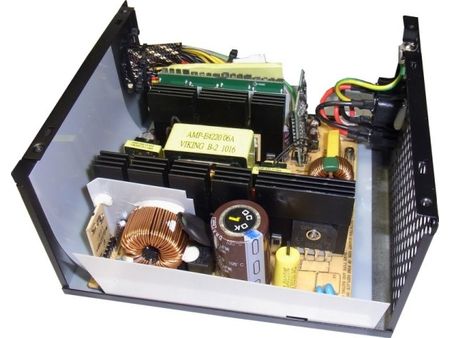- Contact Us
 Tel:
Tel: 0086-577-61726373
 Fax:
Fax: 0086-577-61712103
 E-mail:
E-mail:
 Address:
Address: No.88 Liuqing North Road,Liushi Town,Yueqing City,Zhejiang Province,China
What's Inside of switching power supply, And How Does It Work?
Gechy Electric Co.,Ltd share our manufacture experience that a switching power supply consists of several stages.
A filter for the mains power sits right behind the input, filtering out surges, harmonics, and various other undesirable phenomena found in the mains power.
In the second stage, the AC current is rectified and screened. At this point, we’re dealing with about 350 V, which are then transformed through an inverter stage, yielding an alternating current with a frequency between 35 and 50 kHz. This is where our small transformers come in, converting the alternating current.
Eventually, differing voltages of 3.3, 5, and 12 V are required, which means that simple PC switching power supplies have either a single output rail with different taps for each voltage or separate rails for each voltage. Top-end PSUs even have separate transformers for different voltages, which are then corrected and smoothed a second time following transformation. The most important thing is that these voltages have to stay consistent.
Regardless of whether the PC is idling or under full load, voltages may not deviate from their spec by more than 5 percent. A regulator circuit ensures this is the case. This is also the reason a switching power supply is always connected to a load. Otherwise, you risk a voltage flashover.

 English
English Pусский
Pусский

